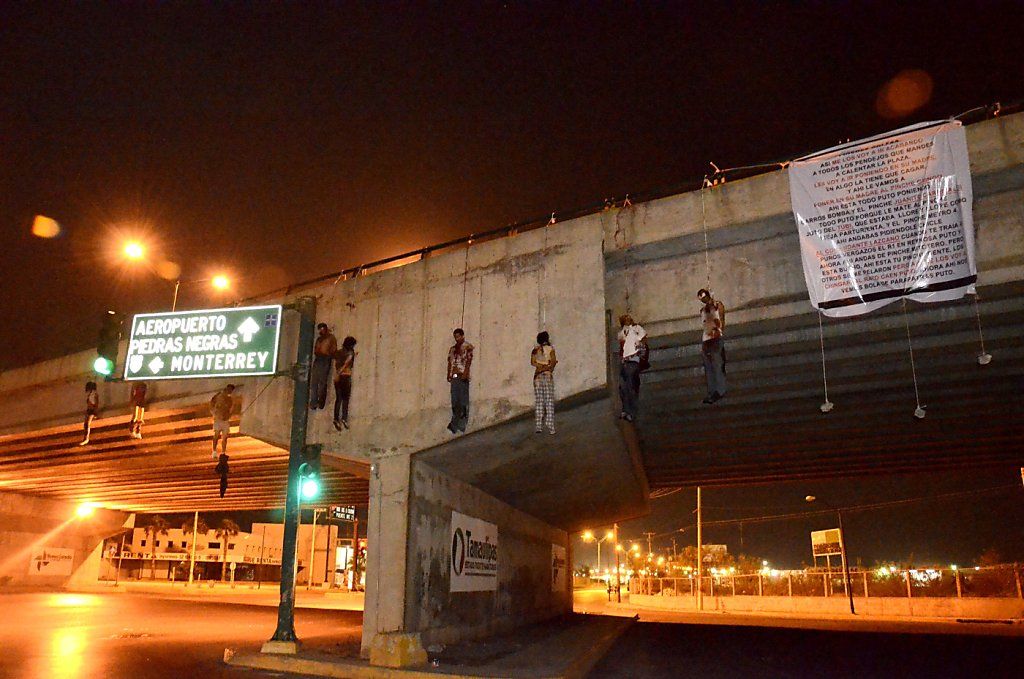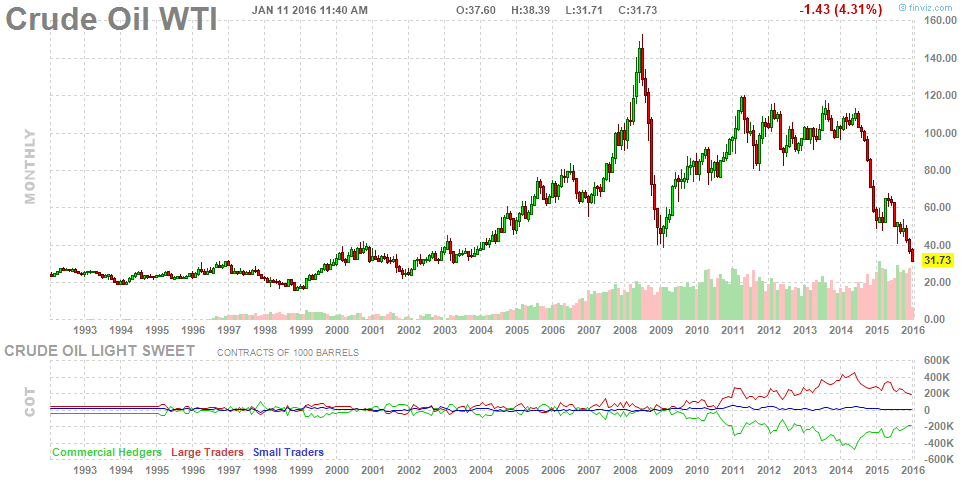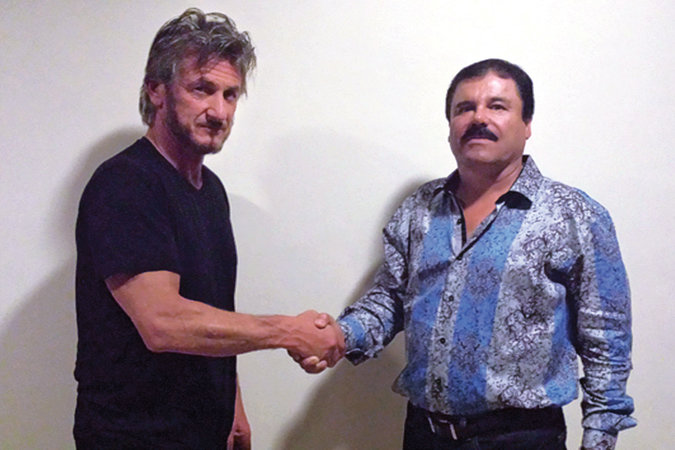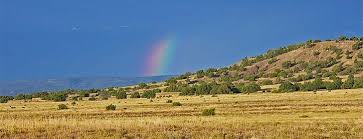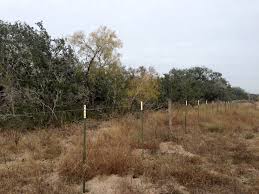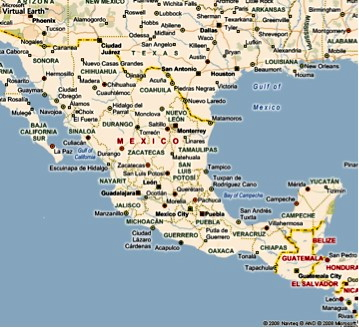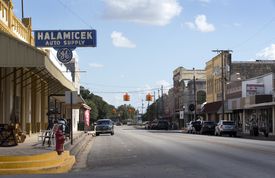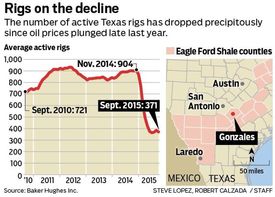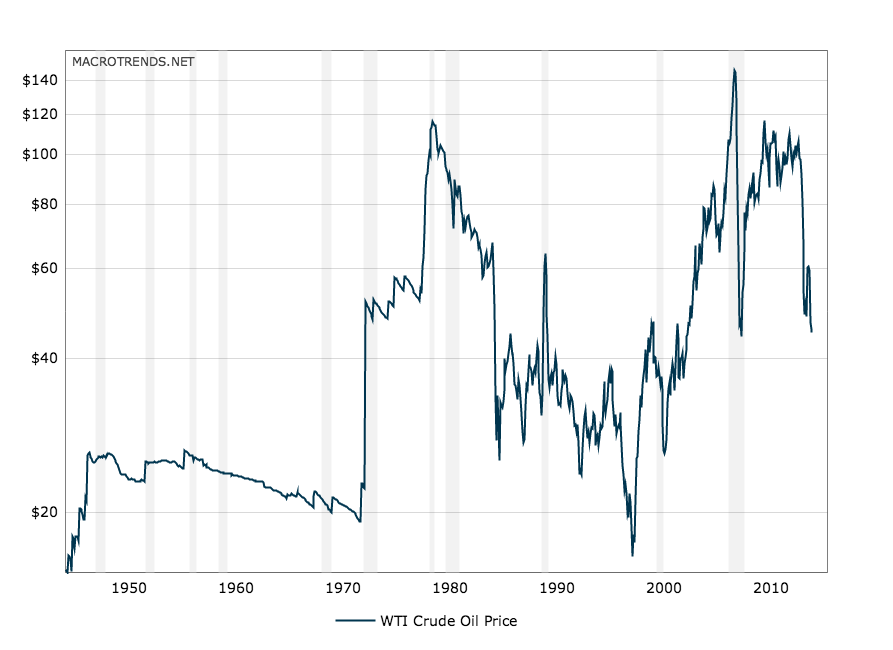Plata o Plomo
The phrase is common in Mexico and I first heard it from the personal physician of a Mexican President that was a friend. He said the phrase expressed the threat to honest cops and politicians in Mexico. This street as I recall is about 2 miles south of the UTEP campus in El Paso.
from La Prensa and Diario
The blanket-wrapped body of a man was discovered on a dirt road near colonia Felipe Ángeles in Juarez, has been identified as Jorge Mauricio Melendez Herrera. Melendez, was an active member of the Secretaría de la Defensa Nacional (Sedena).
The federal PGR agency has taken over the investigation, after it was confirmed that Melendez was assigned to the special federal operation in charge of the Juarez prison custody of Joaquin Guzman Loera (“El Chapo”).
Melendez’ family reported to the Chihuahua State Attorney General (FGE North Zone), that they had not seen or heard from him in several days. It was relatives who positively identified the deceased man as Melendez.
Melendez showed signs of torture, and sustained multiple stab wounds, but authorities reported his death was due, to a coup de grâce gunshot blast to the back of his head
On May 7th Chapo was transferred from Altiplano Prison No.1, to the Juarez Prison, Centro Federal de Readaptación Social (Cefereso) No. 9
Soldier guarding ‘El Chapo’ Guzman found murdered in Mexico
- 15 June 2016
Mexican police are investigating the murder of a soldier who was part of the team guarding the recaptured notorious drug lord, Joaquin “El Chapo” Guzman, at a prison in northern Mexico.
The body of Jorge Mauricio Melendez Herrera, 20, was found on Friday in Ciudad Juarez, with signs of torture.
Investigators said Mr Melendez was part of the first ring of security guarding the outside of the jail in the city.
Guzman has previously escaped from two top security prisons in Mexico.
Who is ‘El Chapo’ Guzman? (Links to an external site.)
Joaquin “El Chapo” Guzman has twice escaped from maximum security prisons
January 2001: Escaped from Puente Grande maximum security prison, reportedly hiding in a laundry basket
February 2014: Captured after 13 years on the run in a hotel in Sinaloa state
July 2015: Escaped via tunnel from Altiplano prison
January 2016: Recaptured in city of Los Mochis, Sinaloa state
May 2016: Moved from Altiplano maximum security prison to a jail in Ciudad Juarez, near the US border
A forensic expert said Mr Melendez had died from a blow to the back of the neck. He had also been stabbed a number of times.
His body was identified after his family reported him missing.
Officials said the case was currently with authorities in Chihuahua state, where the jail is located, but could be passed on to federal investigators because of the victim’s job guarding Guzman.
Three hundred soldiers have been deployed from nearby barracks to boost security at the prison in Ciudad Juarez.
He was moved there at the beginning of May from the maximum security Altiplano prison. Officials said the move was part of a routine rotation for security reasons.
Extradition moves
The United States has asked for Guzman’s extradition so he can stand trial on drug trafficking charges there.
Image copyright EPA Image caption Lucero Sanchez has been suspended from the Sinaloa Congress
While Mexico has agreed, Guzman’s lawyer is currently appealing.
The US has in the past expressed concern about whether Mexico can keep Guzman locked up after he twice escaped from maximum security jails.
Eleven guards and officials are in prison pending trial on charges that they helped the drug lord escape from Altiplano prison through a 1.5km-long tunnel last year.
And on Tuesday, a regional lawmaker from the state of Sinaloa was stripped of her post for her alleged links with Guzman.
Lucero Guadalupe Sanchez Lopez (Links to an external site.) allegedly visited Guzman in prison prior to his jailbreak in July 2015, giving a false identity.




